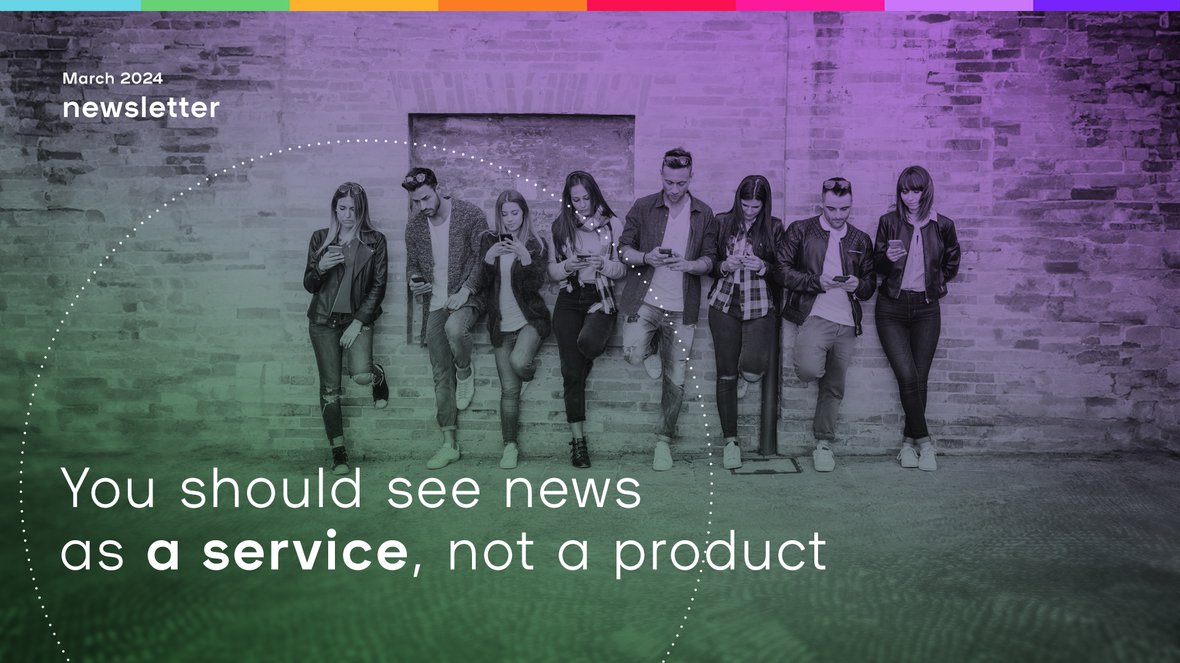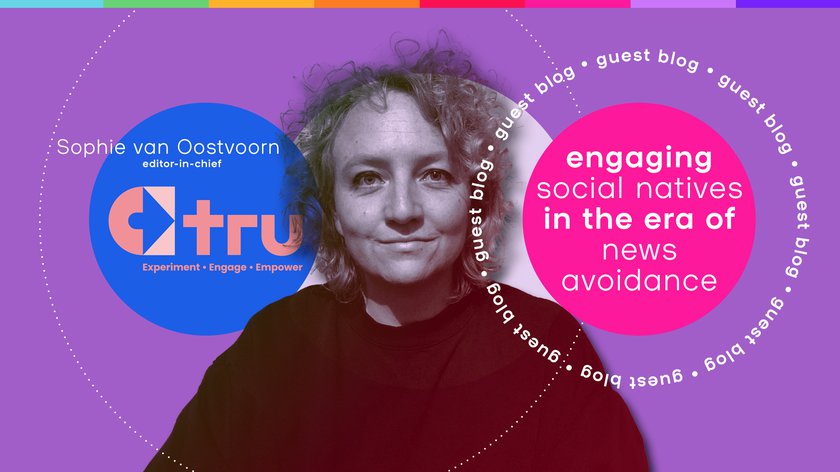Hi there,
Penny for your thoughts?
Let's begin this newsletter with a question for you, the recipient: what concerns you? What occupies your thoughts? What would you like to read more about in this newsletter?
We’ll make you a promise: every serious question or contribution we receive will get a personal response. (as you can't respond here, go to our contact page and use the subject 'newsletter')
We've just surpassed 3,000 newsletter subscribers, so we might be setting ourselves up for a lot of work, but we always advocate for listening to your audience, so we’re going to put the money where our mouth is and follow our own advice.
So here’s something we’ve been thinking a lot about…
As most of our newsletter readers know, we’ve spent the past year talking a lot about user needs. Media professionals from all over the world are seeking our assistance, and we are happy to provide it through our tool and our comprehensive e-learning programme. The fact that we're about to start the second edition of User Needs Labs together with FT Strategies shows that the demand is there - and that it’s growing.
Through this process what we’ve noticed is that the biggest challenge to this is the culture change that’s required of editorial teams. When we work with newsrooms, this is the point that’s hardest: to be more effective, change has to come from the newsrooms themselves.
We often notice that editors are concerned about losing independence when a software company comes to tell them they need to focus more on data analysis or strategic models.
So, in this context, a webinar by INMA on culture change in the newsroom yesterday was super interesting. Journalist Louise Story (formerly of The New York Times and The Wall Street Journal) turned this challenge on its head:
"Tools can empower journalists to do more things for themselves. If they understand what kind of information their audience is looking for through data analysis, they are less dependent on a top-down culture where an editor dictates what they should do differently, [based on their gut]."
According to Story (nominative determinism at its best?!), it's also important to become audience-focused, so that journalists are less tied to the product they already know.
"You should see news as a service, not as a product."


